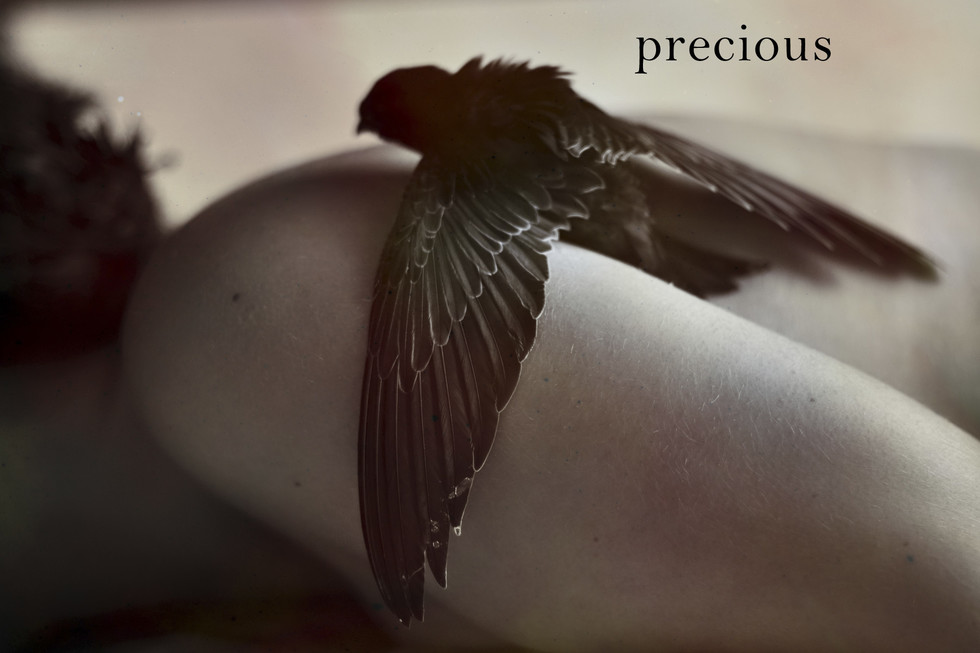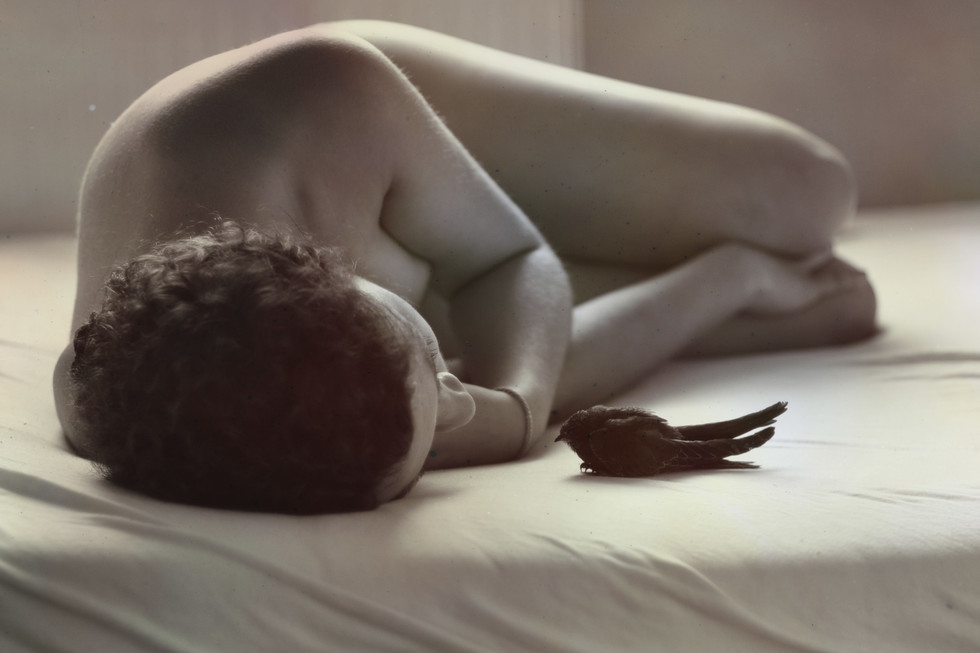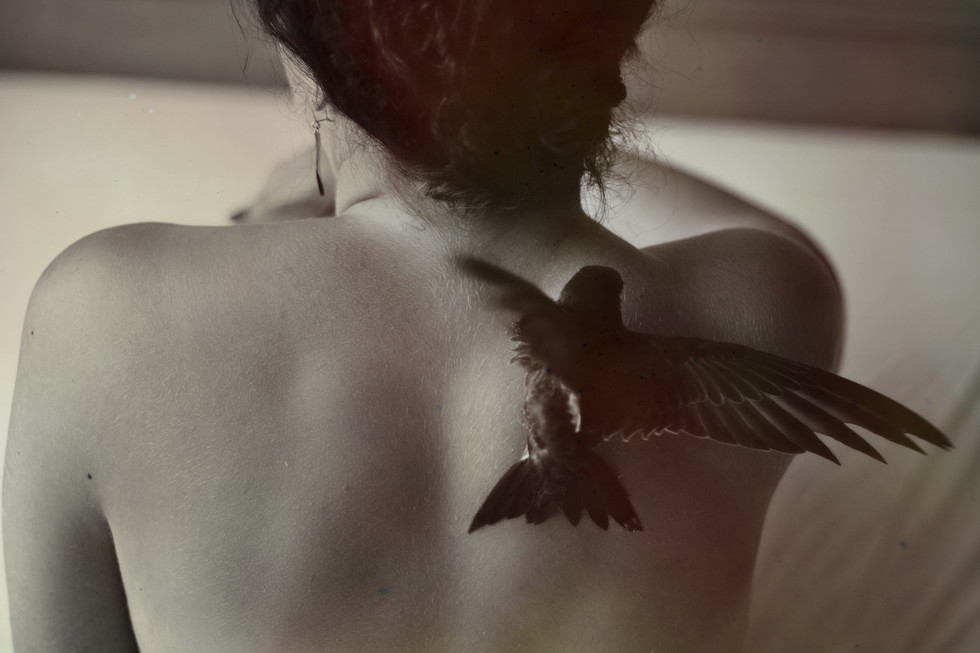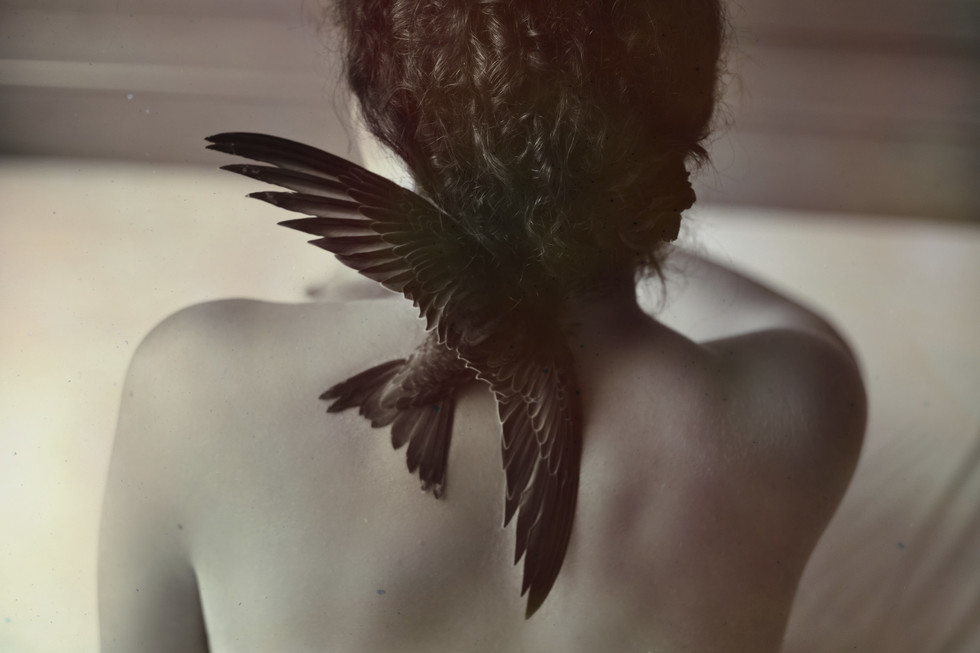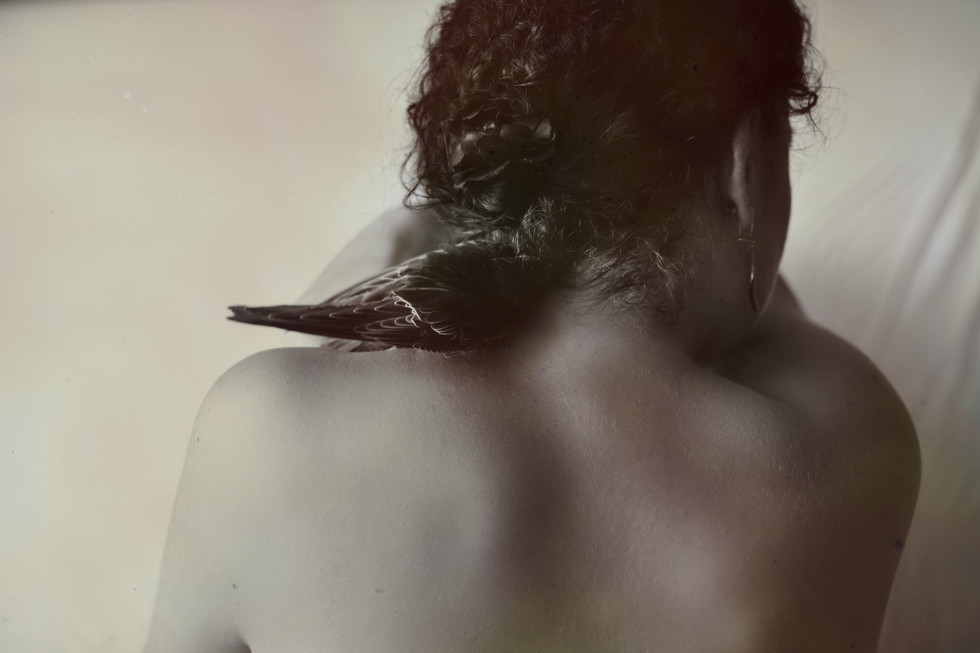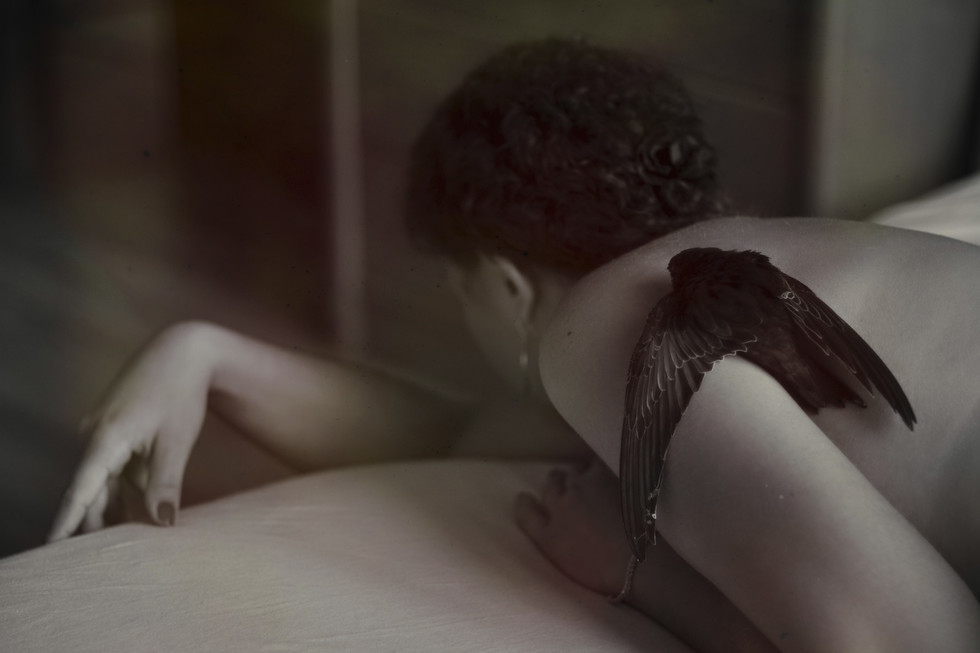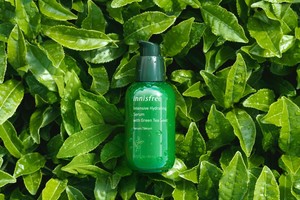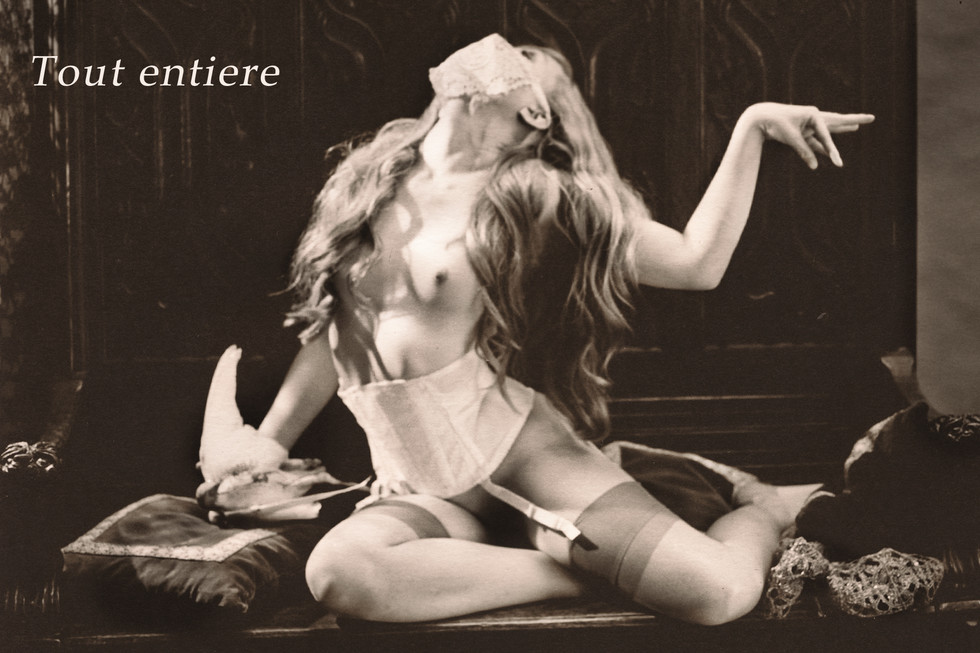
photography by PAULINA OTYLIE SURYS stylist SIAN HOFFMAN make up MICHELLE DACILLO hair YOSHI YAMAMOTO model ANNA GRANBERG photographer’s assistant LAURA J POWELL |
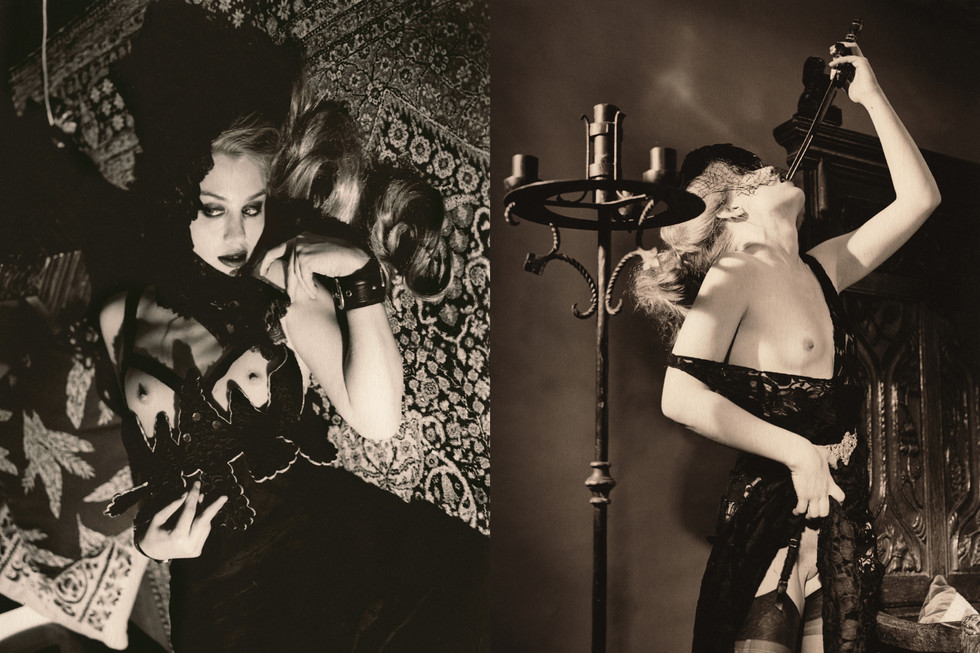
| dress WHISTLES VINTAGE frame bra & leather wrist cuff THE MODEL TRAITOR |
| vintage head piece with veil & filigree belt STYLIST’S OWN 1930’s Lace gown BLACKOUT II waspie(worn underneath SIAN HOFFMAN suspender belt AGENT PROVOCATEUR ully fashioned stockings ELEGANTI f |

| fishnet hold-up stockings AGENT PROVOCATEUR shoes COURTNEY CRAWFORD |
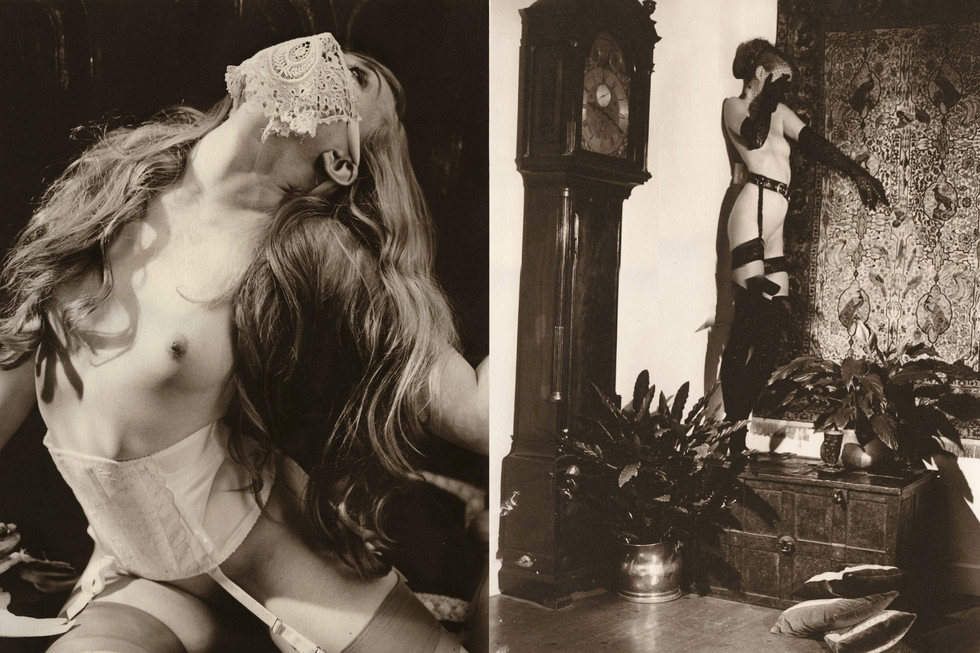
| antique lace piece & vintage stockings STYLIST’S OWN waspie with suspenders SIAN HOFFMAN |
| leather suspender belt THE MODEL TRAITOR fishnet stockings & thigh high boots AGENT PROVOCATEUR vintage lace opera gloves STYLIST’S OWN |

blindfold, wrist & ankle cuffs THE MODEL TRAITOR fishnet stockings AGENT PROVOCATEUR shoes COURTNEY CRAWFORD |

